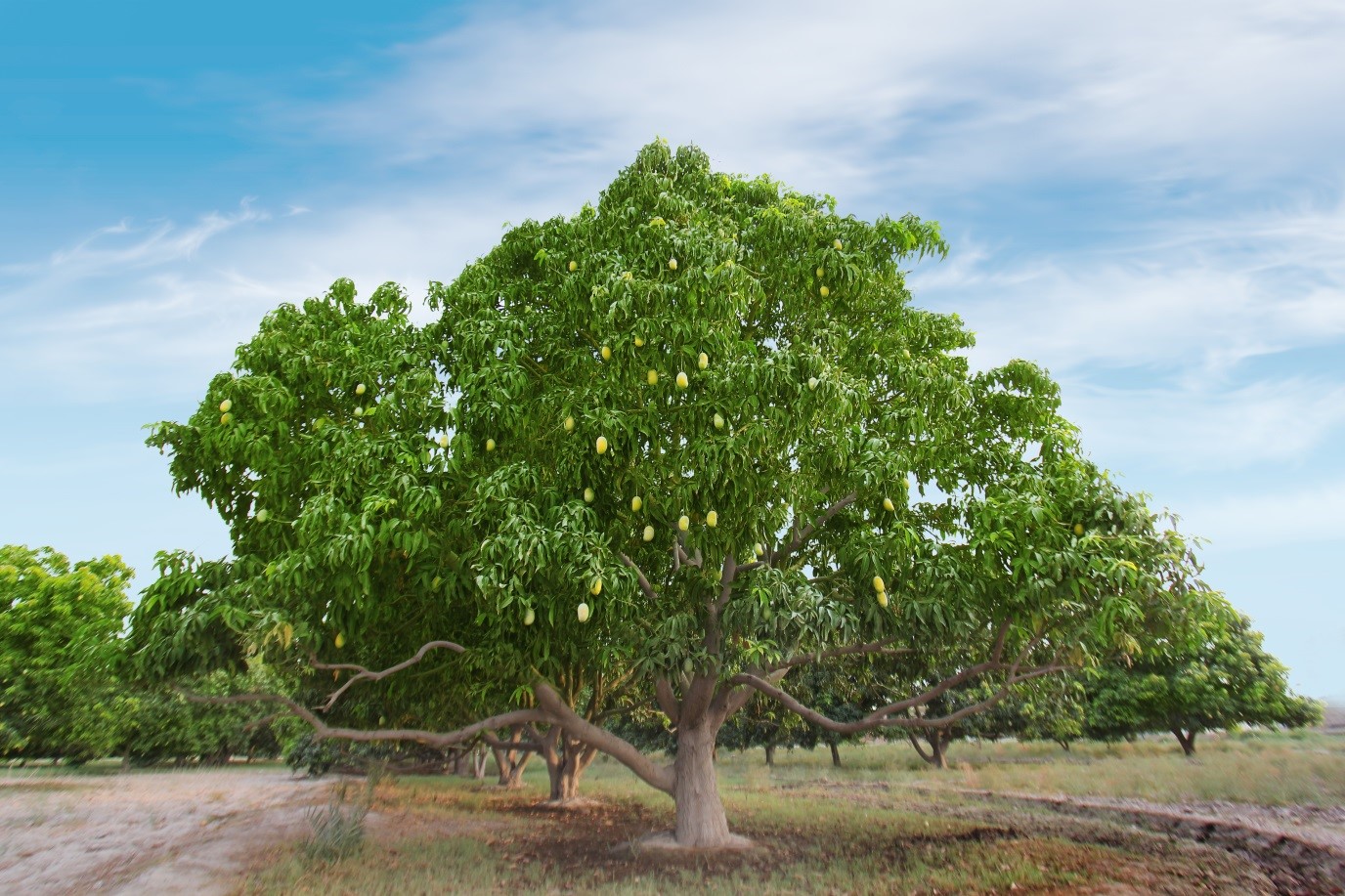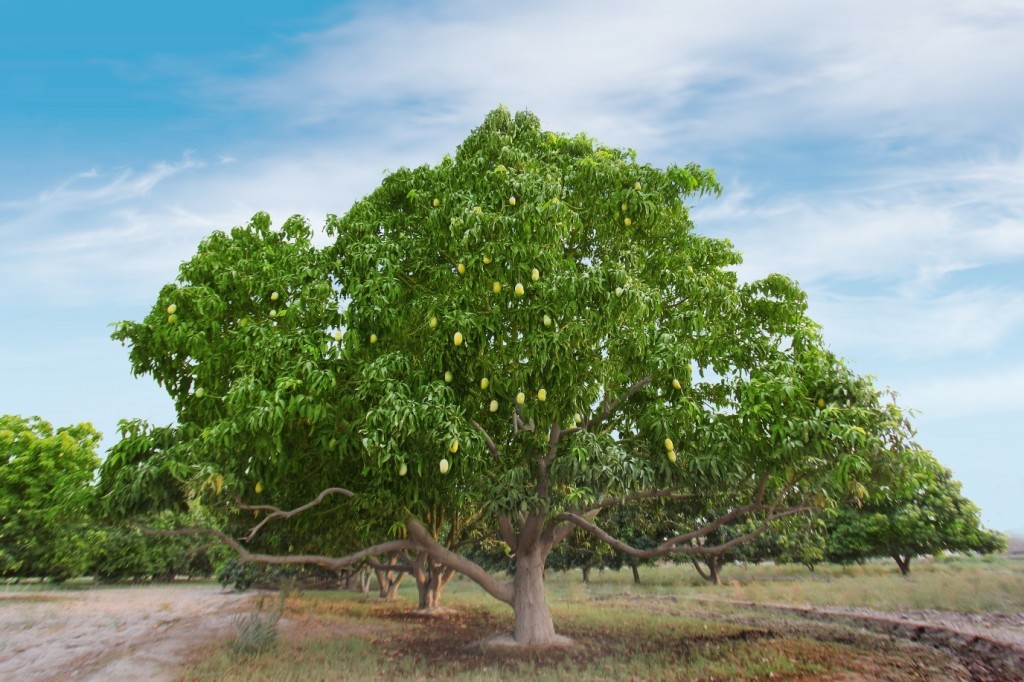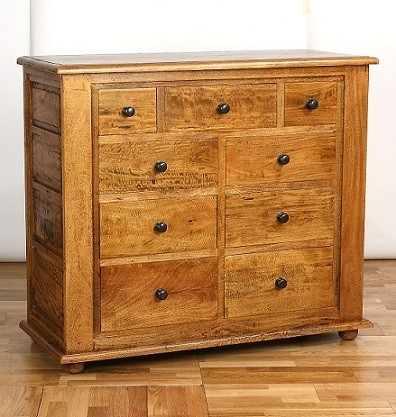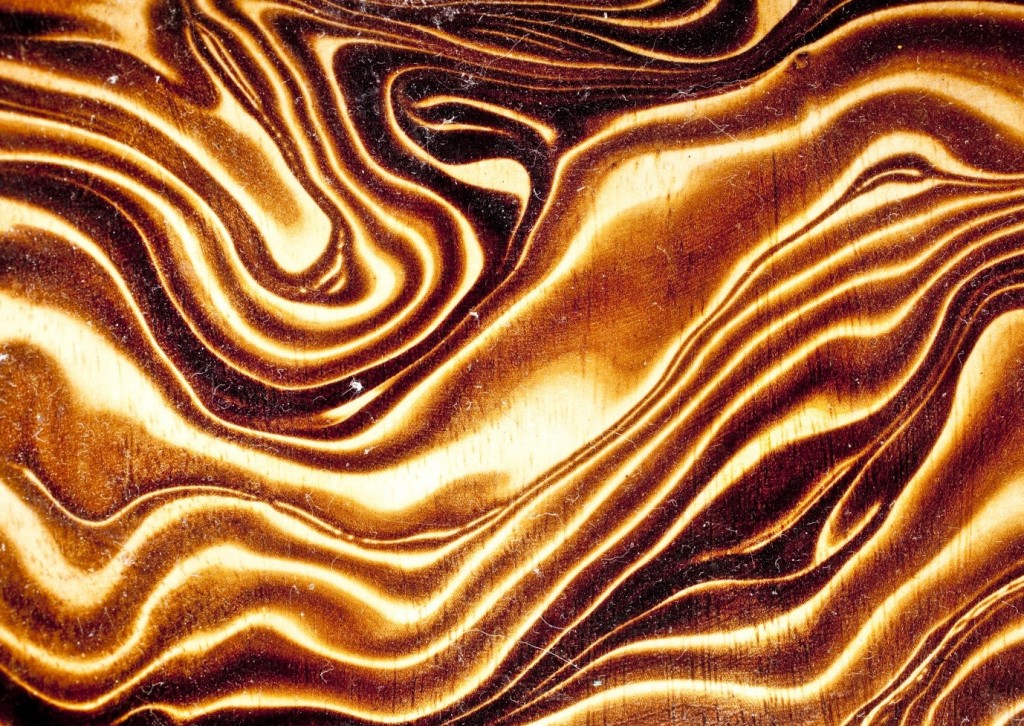
What is Mango Fruit Wood?

Mango wood is one of the most popular wood types in the United Kingdom and is often viewed as a greener alternative to some other woods.
Where does it come from?
Mango wood is derived from the Mango tree, which is a fruiting tree belonging to the genus, Mangifera. Although Mango wood is extremely popular, the tree is largely cultivated for its fruit and is native to South and Southeast Asia, with the highest concentration of Mango trees being found in India.
The tree itself often grows up to 30 metres in height and can live and fruit for over 300 years if left undisturbed by nature or man.

Why is it thought of as a sustainable alternative to some other woods?
There are many reasons why the Mango tree is so popular by those who simply love being green. One of the main reasons however, is that they reach a good felling size before most other trees, so they are quickly replaceable at a rate of every seven to 15 years.
Whats more, it is the culture to harvest Mango wood for construction and furniture almost as soon as it is cut down, as rotting wood tends to release large amounts of carbon dioxide. As Mango wood is similar to endangered species such as teak, the usage of Mango reduces the risk of endangered trees from becoming extinct.
What makes Mango wood attractive as a furniture material?
Firstly, Mango wood is one of the hardiest woods in the world, with densely packed grains that are able to resist all kinds of knocks and prangs. Additionally, thanks to its close knit grain, when finished, the wood is one of the smoothest and most satisfying textures around.
Despite its fine grain, the good news is that the material is also excellent for staining and waxing making it a perfect material for furniture!

